The first defender of your crop against tomato early blight disease is you. Now, that might sound like loads of pressure, but it is not. With practice, you can identify tomato early blight symptoms so quickly you will not need to call your agronomist next time.
Tomato early blight symptoms usually appear on the older plants, but they can also appear on seedlings. Your tomatoes are at a higher risk of getting infected if they are either in poor health or stressed. Although the plants rarely die, they get weaker and are susceptible to other illnesses. Also, your harvest will reduce.
Tomato early blight symptoms
On various occasions, early blight gets misidentified, as with Septoria leaf spot disease. The confusion comes from forming spots on the leaves, which eventually turn yellow and die off. However, one key difference is that Septoria has these fruiting bodies resembling filaments from the infected spots on the leaves.
Early blight symptoms on leaves
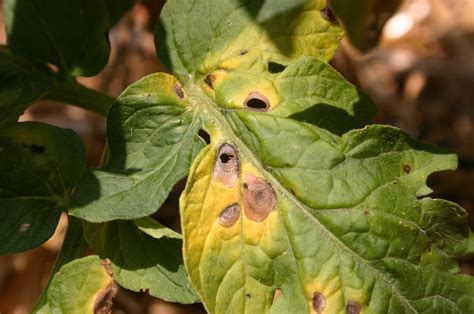
The most accessible place to spot symptoms is the leaves. Look for dark patches with concentric rings which form on the older leaves. The area around the spots usually turns yellow. Older leaves are those found near the ground.
As the disease advances, the heavily infected leaves will turn yellow-brown, die and fall off. The fruits may be exposed to sunscald if the leaves are killed early by the disease.
Tomato early blight on stems
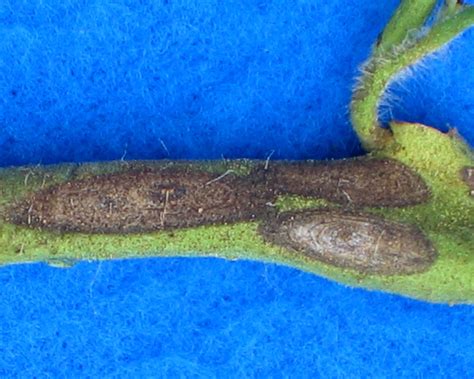
Look for recesses bumps on the skin. The bumps grow into dark lesions, which develop in size and elongate. As they elongate, concentric rings appear on their surfaces as they did on the leaves.
If spots occur near the ground level, they can choke the plant and cause stem or collar rot. Plants may survive, but they will not grow and will not yield a large number of fruits.
Early blight symptoms on fruits

Spots appear on the stem end of the fruit once early blight infection sets in. The spots spread outwards to form a black, leathery, recessed area with concentric rings. Green and ripe tomatoes are both susceptible to the disease.
Tomato early blight on seedlings
On the leaves and stems of affected seedlings, dark spots will appear on the leaves and stems. The illness may develop on their cotyledon leaves. You are likely to see the first signs of infection right above the soil line on the seedling stem.
Early blight will make the seedlings turn brown and dry. At this point, your seedlings won’t be able to get water from the roots. They will likely wilt and die.
Managing tomato early blight
Pick resistant and pathogen free varieties
The first thing you do is find a reputable vendor who sells verifiably certified seeds whenever you buy seeds. This way, if anything is wrong with the seeds, you can hold them accountable. Describe your climate, soil test results, and your geographical location to the agronomist. They will advise you on which seed variety will have the highest resistance to the challenges in your area. The right seed is always the first line of defense.
Use pathogen-free seed or only gather grain from disease-free plants. Your crop will have significant protection during the early stages before you employ any additional measures.
Cultural early blight control
Always try to keep off the farm when it is rainy and moist. Rainy and mist weather favor the establishment of disease. When you move through the farm, you pick up the pathogens and pests on your work clothes and transport them to other uninfected plants.
You can also use drip irrigation to avoid wetting the leaves. You can use plastic or organic mulch to minimize humidity while also acting as a barrier between contaminated soil and the leaves.
Stake the plants to allow for more airflow around the plant and to speed up the drying process. Staking will also minimize the amount of interaction between the leaves and spore-infested soil.
Practice crop rotation every two years to reduce the pressure on the soil and build-up of pathogens and pests in the ground towards tomatoes. Keep weeds like black nightshade and hairy nightshade under control and volunteer tomato plants out of the way throughout the cycle.
Take down or bury any of your sick plants during the fall season to limit their chances of spreading to the following year.
Fertilize your plants properly to ensure that they continue to thrive and are healthy. Healthy and unstressed tomato plants have a better chance of fighting off illnesses.
Early blight incidences are also very low in the greenhouse because they are covered with UV-absorbing vinyl film.
Tomato early blight chemical control
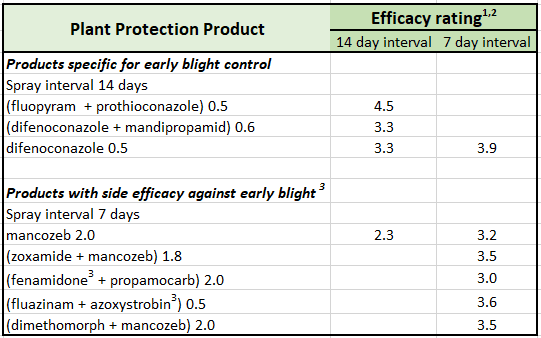
You should always follow the instructions on the label for effective tomato early blight chemical control. Apply chemicals only when environmental circumstances promote disease. Due to the prevalence of some insensitivity to some of the chemicals, You should pay special attention to cycling these with other chemical families in specific places.
Changing between different chemical families regularly is essential to avoid the development of disease resistance to specific active ingredients. Aside from that, if insensitivity to early blight is already present in a particular field population of the disease, those fungicides will not control the disease.
Summary
You are the first line of defense for your tomato crop against the tomato early blight disease. Even though this would appear to be a great deal of strain, it is not. If your tomatoes are in poor health or under stress, they are at a higher risk of becoming infected with the disease.
Although the plants are rarely killed, they get weaker and more susceptible to various infections as time goes on. Additionally, the disease will reduce your harvest. With enough practice, you will be able to recognize the symptoms of tomato early blight so quickly that you will not need to contact your local agronomist the next time.

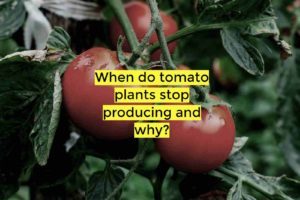
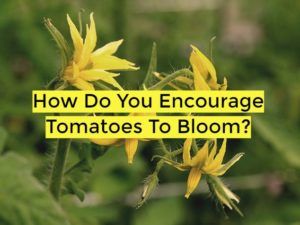
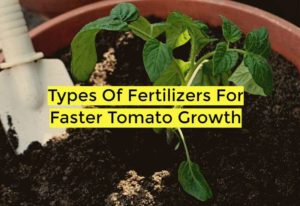

[…] the leaves touch the ground, it is easy for the plants to get infections from early blight and late blight among other serious […]